
In the evolving narrative of sustainability, design and architecture are at the forefront of change. As consumers and creators become more environmentally conscious, every material choice in building and decorating reflects values beyond mere aesthetics. One striking yet increasingly sustainable choice is the use of metallic accents—not just for their timeless appeal and durability, but for their growing eco-friendly credentials. Among these, stainless steel and recycled alloys have emerged as leaders, marrying beauty with responsibility.
This blog examines the rise of these eco-friendly metals as accents in residential and commercial spaces, spotlighting their environmental benefits, practical advantages, design versatility, and how they fit into green building practices around the world—with relevance to conscious Indian consumers and global markets alike.
The Environmental Imperative in Design
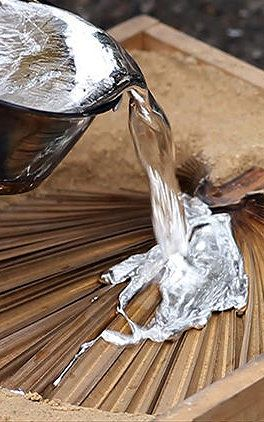
The 21st century has ushered unprecedented awareness of the environmental footprint of human activity. Construction and interior design industries contribute heavily to waste, carbon emissions, and resource depletion. From mining raw metals to refining, manufacturing, and disposing of building materials, metals have historically carried a heavy ecological burden.
Today, however, shifting consumer preferences, regulatory pressure, and innovations in metallurgy are enabling metals to become part of sustainable solutions rather than problems.
Stainless Steel: The Sustainable Metal Icon
Stainless steel stands out as a material that combines timeless elegance, strength, and sustainability.
What Makes Stainless Steel Eco-Friendly?
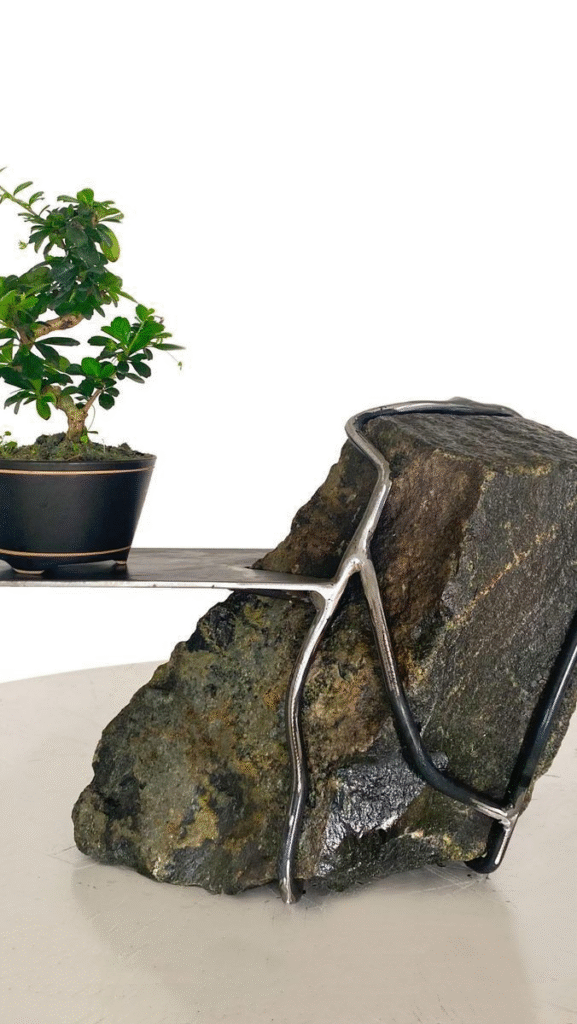
- Recyclability: Stainless steel is 100% recyclable without loss of quality. Extracted metals can be reused indefinitely, drastically reducing the need for virgin mining.
- Long Life Cycle: Resistant to corrosion, stains, and wear, stainless steel furnishings and fixtures maintain their integrity over decades, minimizing replacement waste.
- Low Maintenance: Does not require harsh chemical cleaners, reducing toxic runoff.
- Energy Efficiency in Production: Technological advances have cut energy consumption and emissions in stainless steel manufacturing by modern mills.
Composition and Variants
Typically an alloy of iron with at least 10.5% chromium, stainless steel may include nickel, manganese, or molybdenum. Each grade offers different aesthetics and enhanced properties.
Applications in Metallic Accents
- Kitchen Fixtures: Counters, sinks, faucets, and appliances benefit from stainless steel’s hygienic characteristics.
- Architectural Details: Door handles, railings, trims, and frames take advantage of stainless steel’s polish and strength.
- Furniture: Tables, chairs, and light fixtures balance stainless steel’s sleekness with other textures.
- Decorative Elements: Planters, wall art, mirror frames, and room dividers showcase the metal’s reflective qualities.
Recycled Alloys: Upcycling with Style
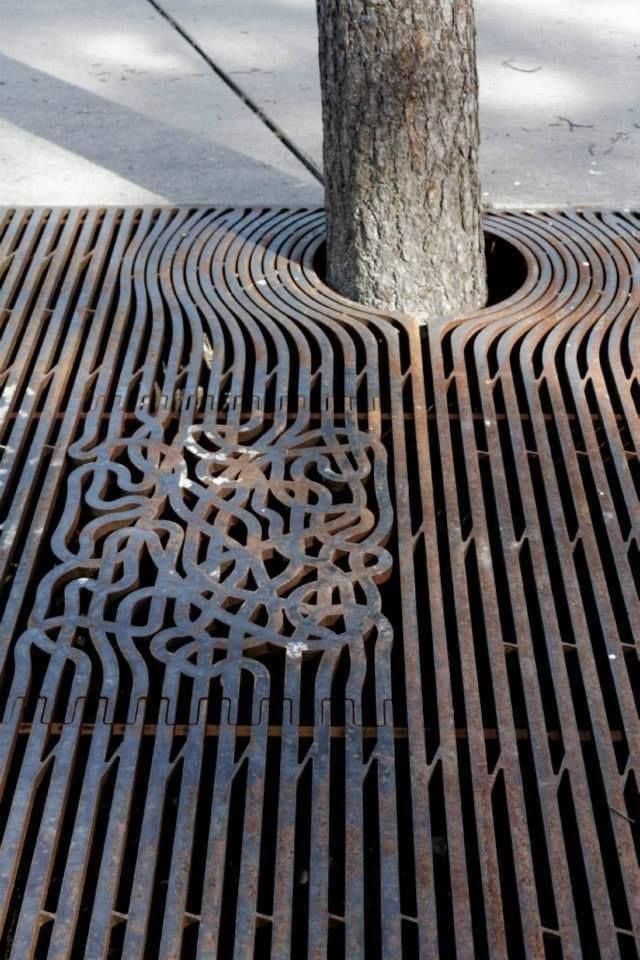
While stainless steel boasts recyclability, other alloys, especially those derived from recycled metals, also contribute significantly to sustainability.
What Are Recycled Alloys?
Recycled alloys are composed primarily or partially of reclaimed metals—aluminum, copper, bronze, brass, or mixed specialty metals—that are re-melted and reforged into usable materials. This cutting-edge approach turns industrial waste, e-waste, and scrap metal into premium design elements.
Environmental Benefits
- Reduction in Mining: Less extraction means lower habitat destruction, fewer emissions, and energy savings.
- Waste Diversion: Diverts metal waste from landfills and toxic disposal sites.
- Lower Carbon Footprint: Energy use can be up to 95% less than producing metals from raw ores.
Common Types and Their Use Cases
- Aluminum Alloys: Widely used for lightweight furniture frames and decorative panels.
- Brass and Bronze: Popular for lighting fixtures, hardware, and sculptures.
- Mixed Recycled Metals: Creative alloys fabricated for custom art installations and statement pieces.
Metallic Accents and Eco-Friendly Homes: A Growing Relationship
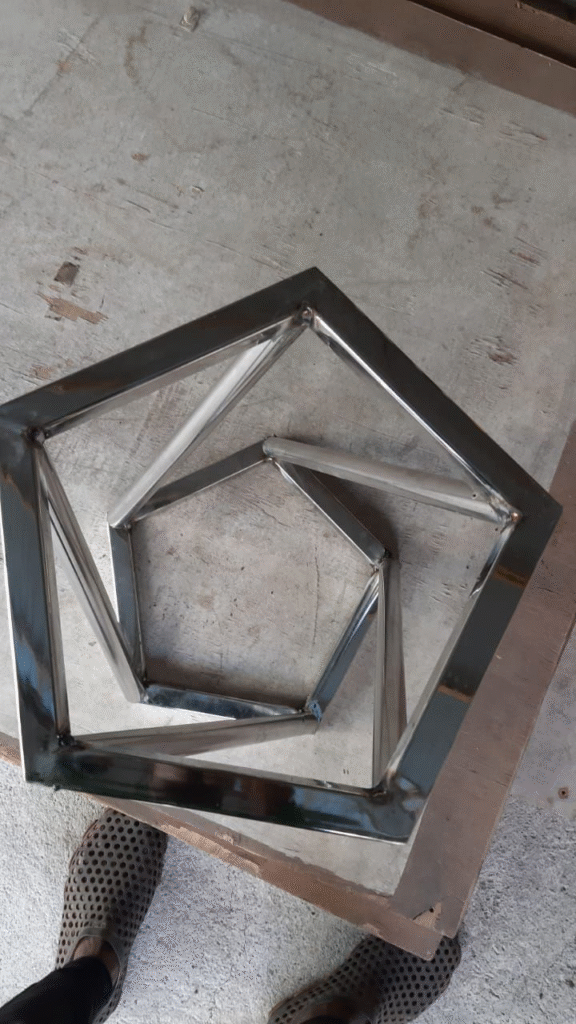
Modern residential design increasingly incorporates metal accents that emphasize sustainability and style.
The Indian Context
India’s urbanization boom presents both challenges and opportunities for green building. Metal accents crafted from recycled materials fit well into Indian aesthetics that cherish craftsmanship and durability.
- Durability Suits Indian Climates: Stainless steel and recycled alloys resist humidity, dust, and wear.
- Artisanal Potential: Indian craftsmen combine metals with local techniques such as hand-hammering and filigree.
- Integration with Traditional Materials: Metals pair beautifully with natural stone, wood, and textiles.
Practical Home Applications
- Kitchen and Bathroom: Eco-friendly metallic sinks, taps, and cabinet handles.
- Living Areas: Accent tables, lamp bases, and shelving provide contemporary yet warm elements.
- Outdoor Spaces: Metals used in garden furniture, planters, and railings withstand monsoon cycles.
Advantages of Using Eco-Friendly Metals in Interior Design
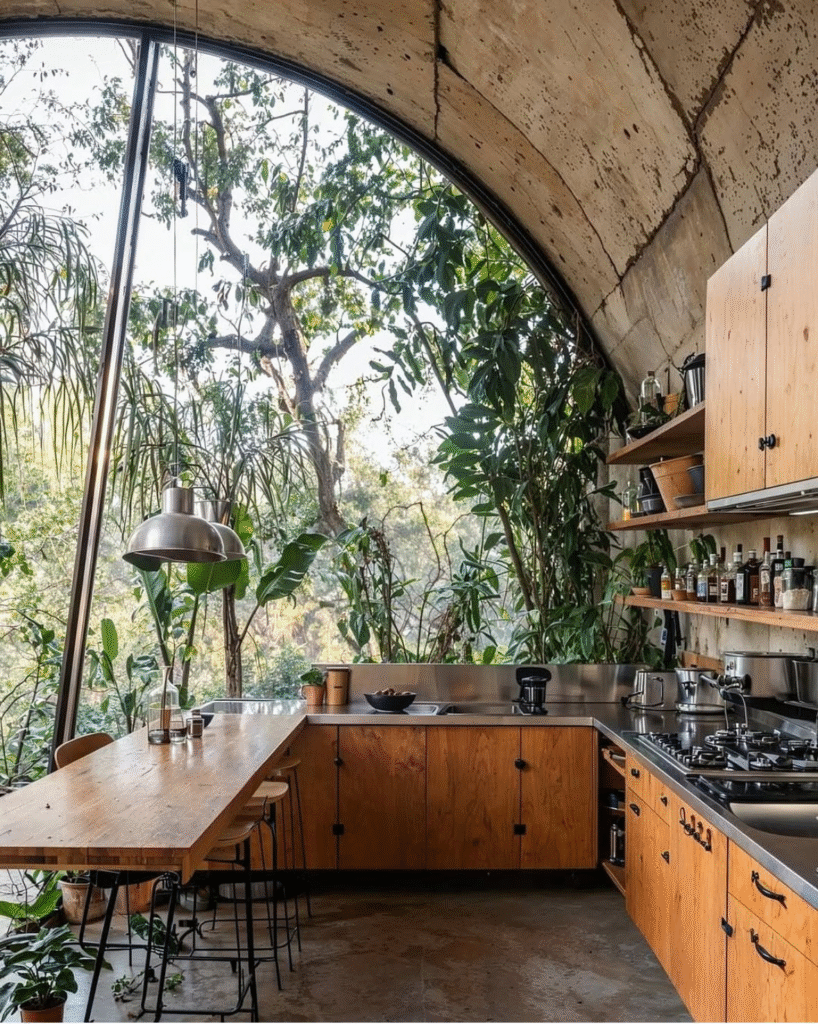
1. Aesthetic Versatility
- Metals can be polished to brilliant shine or finished with matte or brushed textures.
- They blend well with minimalist, maximalist, industrial, and ethnic interiors.
- Can be integrated as subtle accents or bold statement pieces.
2. Longevity and Timelessness
Unlike fast-fashion décor items, metal accents age gracefully. Stainless steel resists rust indefinitely, while recycled alloys can patina attractively.
3. Sustainability Credentials
- Environment-friendly manufacturing and recyclability reduce environmental harm.
- Supports circular economy initiatives.
- Aligns with international green building certifications (LEED, IGBC, etc.).
4. Health and Safety
- Metals like stainless steel are non-toxic, hypoallergenic, and easy to sanitize.
- Ideal for kitchens, healthcare interiors, and public spaces.
Challenges and Innovations
Despite advantages, eco-friendly metallic accents face hurdles:
- Cost Considerations: Recycled metals and high-grade stainless steel can carry upfront premiums.
- Supply Chain Reliability: Sourcing certified recycled alloys requires transparent supply chains.
- Design Sensitivity: Overuse of metals can cause coldness or starkness if not balanced properly.
- Technological Barriers: Fabrication of recycled alloys with consistent quality demands advanced foundries.
Innovations Driving Adoption
- New Finishes: Powder coatings and eco-friendly paints give metals unique textures without chemicals.
- Hybrid Materials: Combining metals with recycled glass, wood, or concrete enhances warmth and reduces cost.
- Modular Metal Décor: Customizable, interchangeable panels and fixtures reduce waste.
- Smart Metals: Integration with LED lighting or sensors for adaptive ambiance.
Case Studies and Market Trends
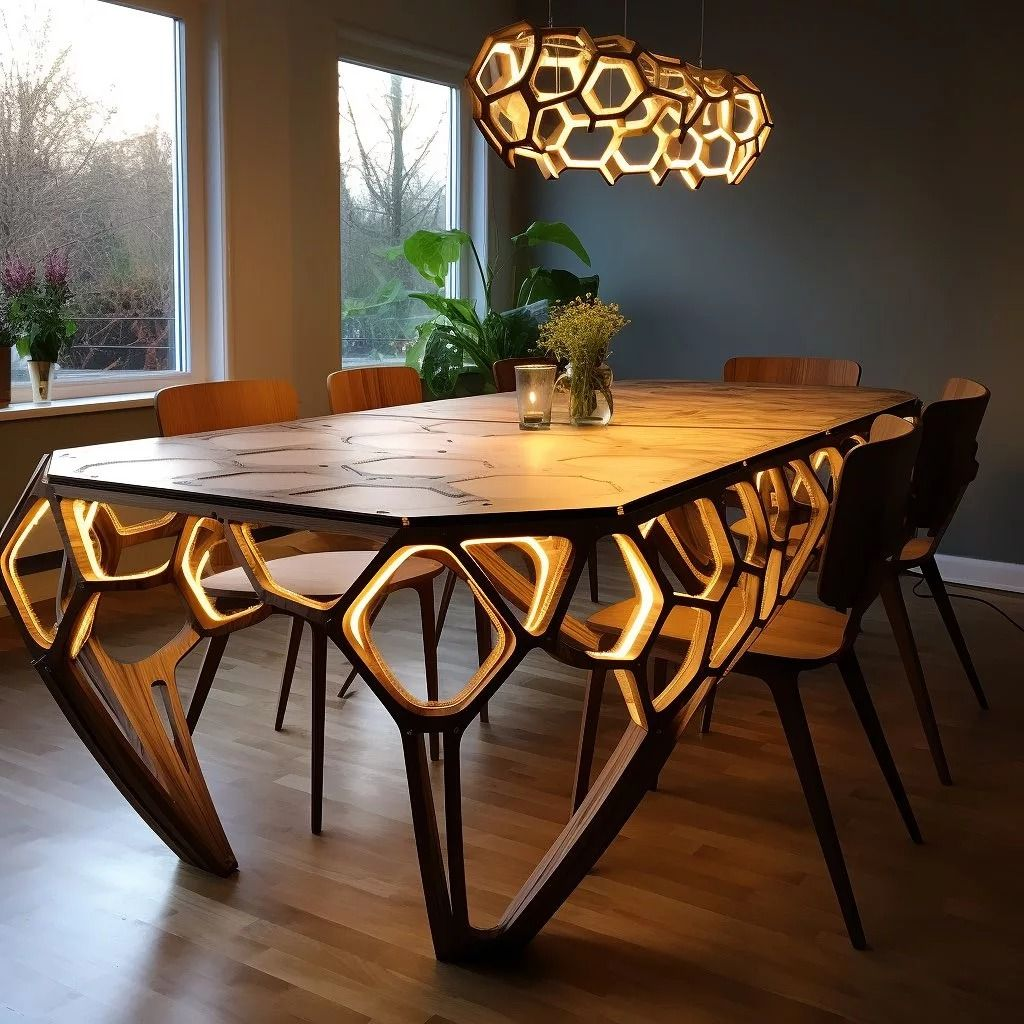
Global Luxury Homes
In Europe and North America, stainless steel kitchens with recycled-metal fixtures are standard in eco-luxury builds. Designers favor metals for seamless surfaces and longevity.
Indian Green Building Projects
Projects certified by IGBC increasingly mandate recycled or sustainable metals in fixtures and fittings to gain points in their rating systems.
Commercial Spaces
Corporate and hospitality sectors are adopting eco-friendly metals to showcase commitment to CSR and appeal to conscious consumers.
How to Incorporate Eco-Friendly Metallic Accents in Your Home
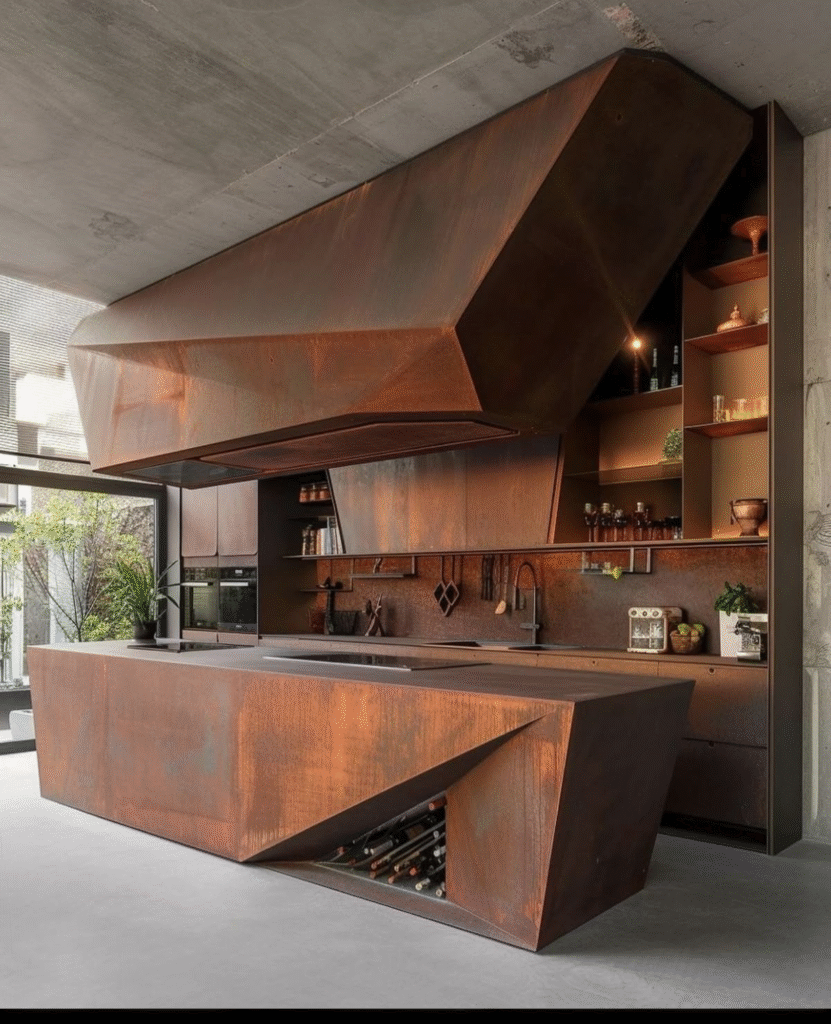
Choose the Right Metals
- For moisture-prone areas, stainless steel or bronze are ideal.
- For tactile furniture, brushed or matte recycled aluminum offers lightness.
Balance Metals with Other Natural Elements
Pair with reclaimed wood, composite stones, or natural fiber upholstery to soften metallic hardness.
Focus on Quality Over Quantity
Invest in fewer, well-crafted metallic pieces rather than many cheap items with short lifespans.
Opt for Certifications
Look for ASTM, ISO, and IGBC certifications guaranteeing recycled content and ethical sourcing.
Future Outlook: The Shimmering Path Ahead
The rise of eco-friendly metallic accents is spurred by convergent trends:
- Circular Economy Models encourage designing out waste and keeping materials in use.
- Consumer Demand prioritizing sustainability continues to rise globally.
- Technological Advancements reduce costs and improve availability.
- Government Incentives and Regulations push building sectors toward greener choices.
In Indian residential and commercial architecture, the marriage of tradition with innovation finds a promising partner in these metals. As awareness grows, metallic accents will not only shine beautifully but also illuminate pathways to more responsible living.
Final Thoughts
Eco-friendly metallic accents, particularly stainless steel and recycled alloys, encapsulate the future of sustainable design: versatile, durable, and beautifully responsible. They remind us that elegance need not cost the earth, and that materials with deep ecological credentials can enrich spaces with a subtle, shining promise—one that honors craftsmanship, heritage, and the imperative to protect our planet.
Whether you are designing a contemporary city apartment in Mumbai, a sprawling eco-home in Bangalore, or a boutique hotel lobby in Delhi, embracing sustainable metals allows you to fuse style with conscience—making every gleam and contour a symbol of care for generations to come.
